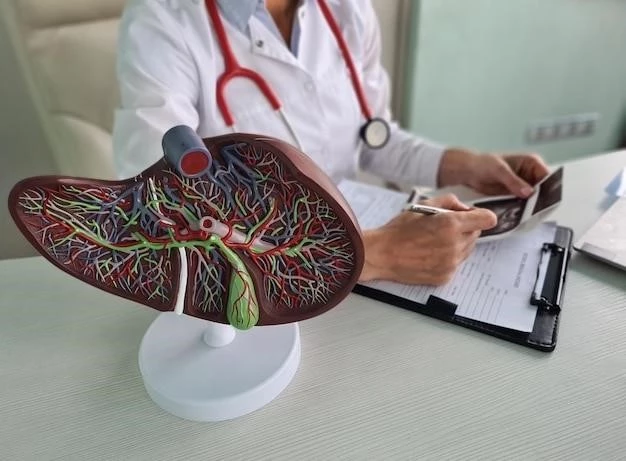Understanding Biliary Atresia
Causes of Biliary Atresia
Biliary atresia is a rare condition where the bile ducts inside or outside the liver are inflamed and blocked. The exact cause is unknown, but it is believed to be a combination of genetic and environmental factors. It may involve abnormalities in the development of the bile ducts before birth. In some cases, viral infections or immune system reactions may play a role. Research is ongoing to understand the complex factors contributing to biliary atresia.
Symptoms of Intrahepatic Biliary Atresia
Symptoms of intrahepatic biliary atresia often appear within the first few weeks to months of life. Infants with this condition may display jaundice, dark urine, pale stools, and an enlarged liver. They may also have difficulty gaining weight, exhibit irritability, and experience slow growth. As the disease progresses, complications such as ascites (fluid buildup in the abdomen) and vitamin deficiencies may arise. Prompt medical attention is crucial to properly diagnose and treat intrahepatic biliary atresia.
Diagnosis of Non-syndromic Biliary Atresia
Diagnosing non-syndromic biliary atresia involves a series of tests and evaluations. These may include blood tests to check liver function, imaging studies such as ultrasound or MRI to assess the liver and bile ducts, and a liver biopsy to examine tissue samples for abnormalities. A procedure called a cholangiogram may be done to visualize the bile ducts. Additionally, specialized tests like a HIDA scan can help evaluate the liver’s ability to excrete bile properly. Early and accurate diagnosis is crucial for the timely initiation of treatment for non-syndromic biliary atresia.
Treatment Options for Biliary Atresia
Treatment for biliary atresia typically involves a surgical procedure called the Kasai procedure, aimed at restoring bile flow from the liver to the intestine. If the Kasai procedure is not successful or if the disease progresses, a liver transplant may be necessary. Medications may be prescribed to manage symptoms and support liver function. It is essential for patients with biliary atresia to receive ongoing medical care, including nutritional support and monitoring for complications. Collaborating with a healthcare team experienced in treating biliary atresia is crucial for the best outcomes.

Complications of Biliary Atresia
Biliary atresia can lead to various complications, such as cirrhosis (scarring of the liver), portal hypertension (elevated blood pressure in the portal vein), and liver failure. Patients may also experience nutritional deficiencies due to poor absorption of nutrients. In some cases, recurrent cholangitis (inflammation of the bile ducts) or hepatobiliary malignancies (cancers of the liver or bile ducts) may develop. Close monitoring and management of these complications are essential to optimize the quality of life and well-being of individuals with biliary atresia.
Prognosis for Intrahepatic Biliary Atresia
The prognosis for intrahepatic biliary atresia can vary depending on various factors, including the timeliness of diagnosis, the success of treatment interventions, and the presence of complications. While the Kasai procedure can improve bile flow and delay the need for a liver transplant, the long-term outlook remains guarded. A significant number of patients may eventually require a liver transplant due to progressive liver damage. Ongoing medical monitoring, adherence to treatment plans, and multidisciplinary care are crucial for optimizing outcomes and quality of life for individuals with intrahepatic biliary atresia.
Research Advances in Biliary Atresia
Ongoing research in the field of biliary atresia aims to advance our understanding of the underlying causes, improve diagnostic techniques, and develop innovative treatment strategies. Studies focus on genetic predispositions, immune system involvement, and environmental factors that may contribute to the disease. Emerging technologies such as advanced imaging modalities and genetic testing offer new insights into biliary atresia pathogenesis. Clinical trials are investigating novel therapies, regenerative medicine approaches, and ways to enhance long-term outcomes for patients with biliary atresia. Collaborative research efforts hold promise for improving the management and care of individuals affected by this complex condition.
Support and Resources for Biliary Atresia Patients
For individuals and families affected by biliary atresia, access to support and resources can be invaluable. Support groups, online forums, and advocacy organizations offer emotional support, information sharing, and connections with others facing similar challenges. Pediatric hepatologists, multidisciplinary medical teams, and specialized treatment centers provide comprehensive care and guidance throughout the management of biliary atresia. Educational materials, financial assistance programs, and counseling services are available to help navigate the complexities of the condition. By leveraging available resources and building a strong support network, biliary atresia patients can enhance their well-being and adapt to the medical and emotional aspects of the disease.
